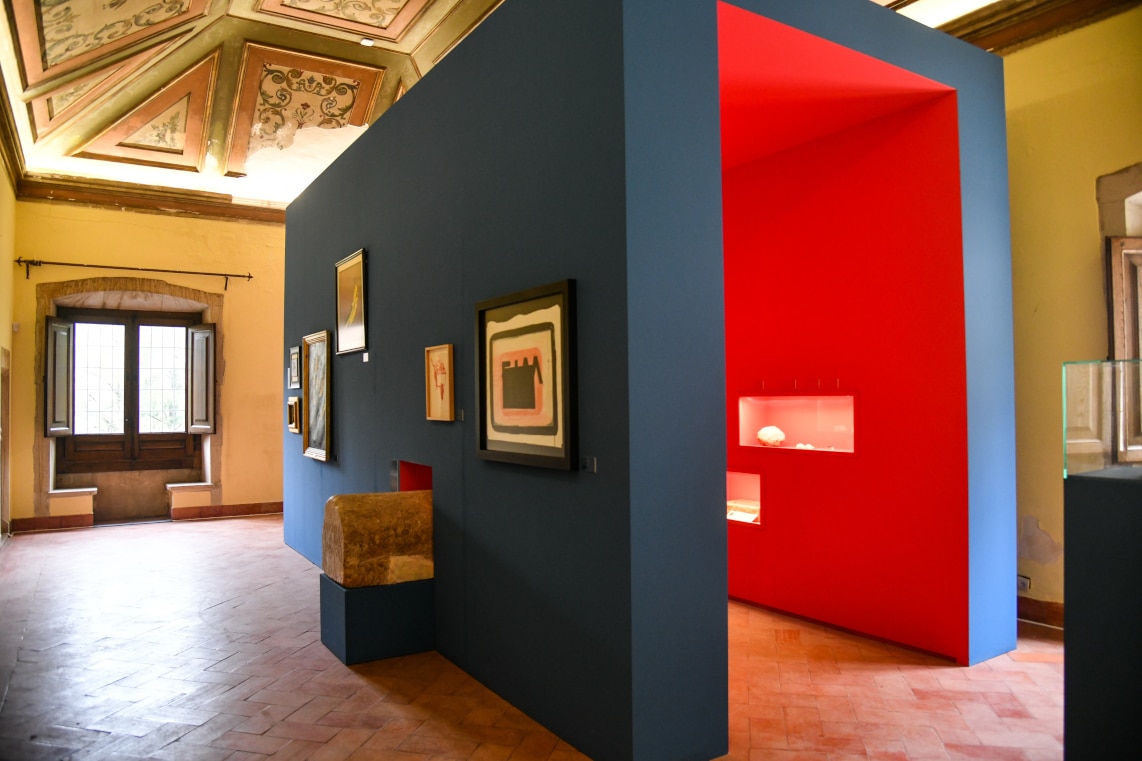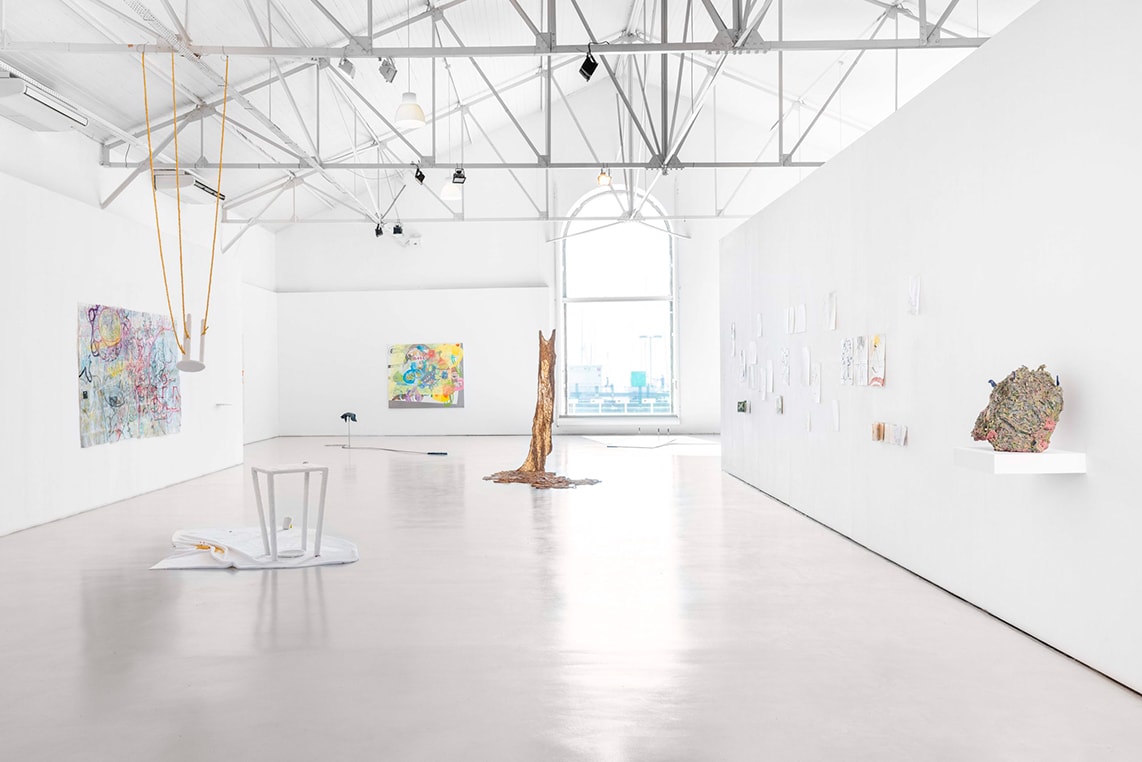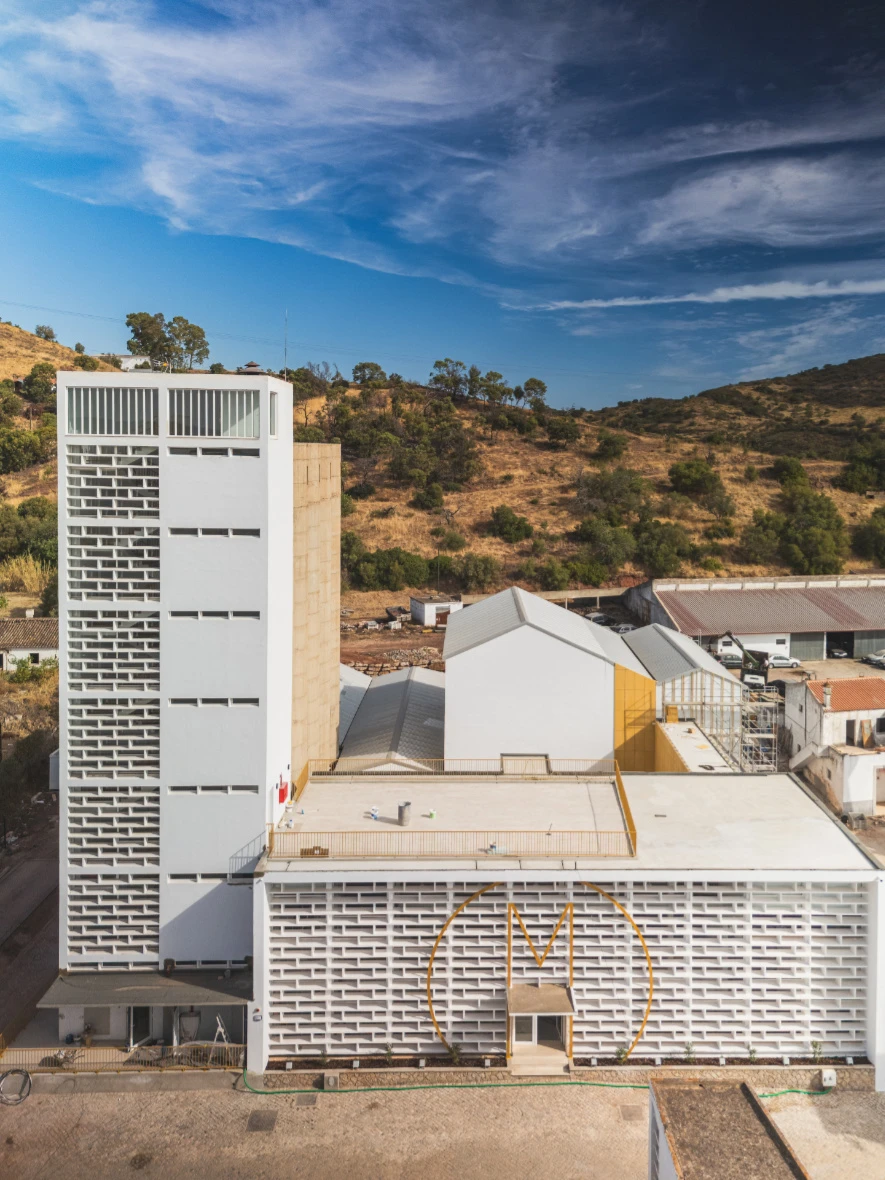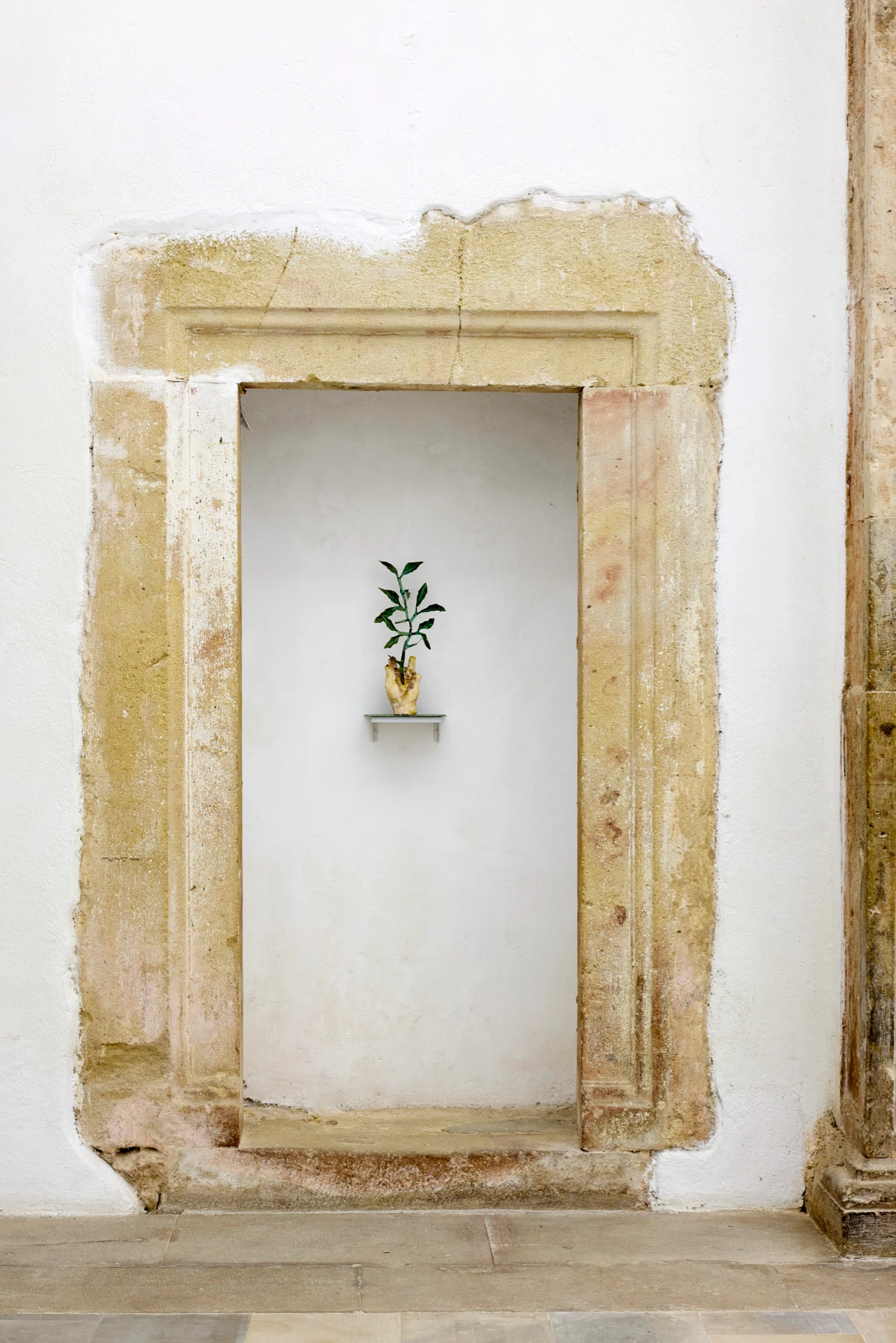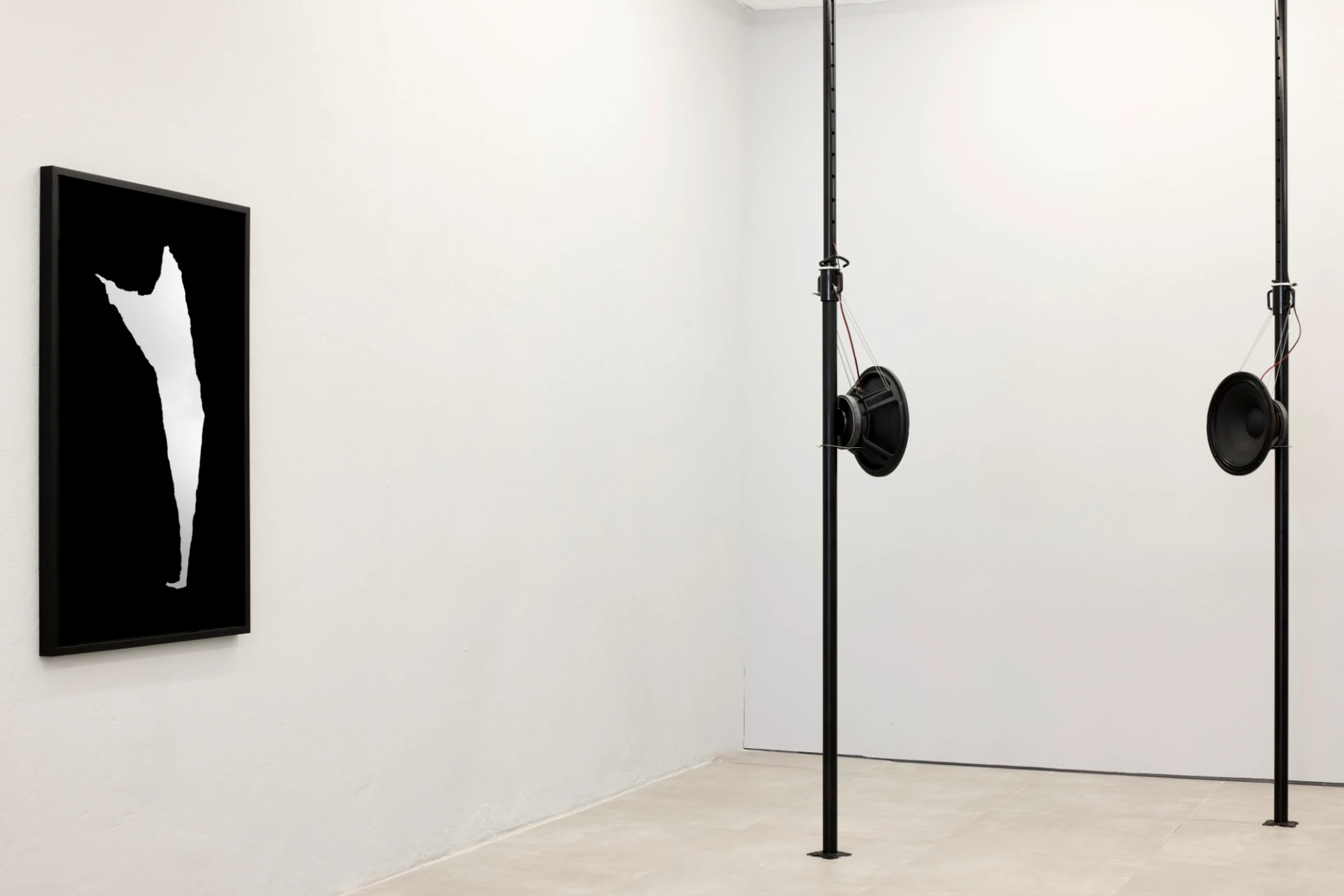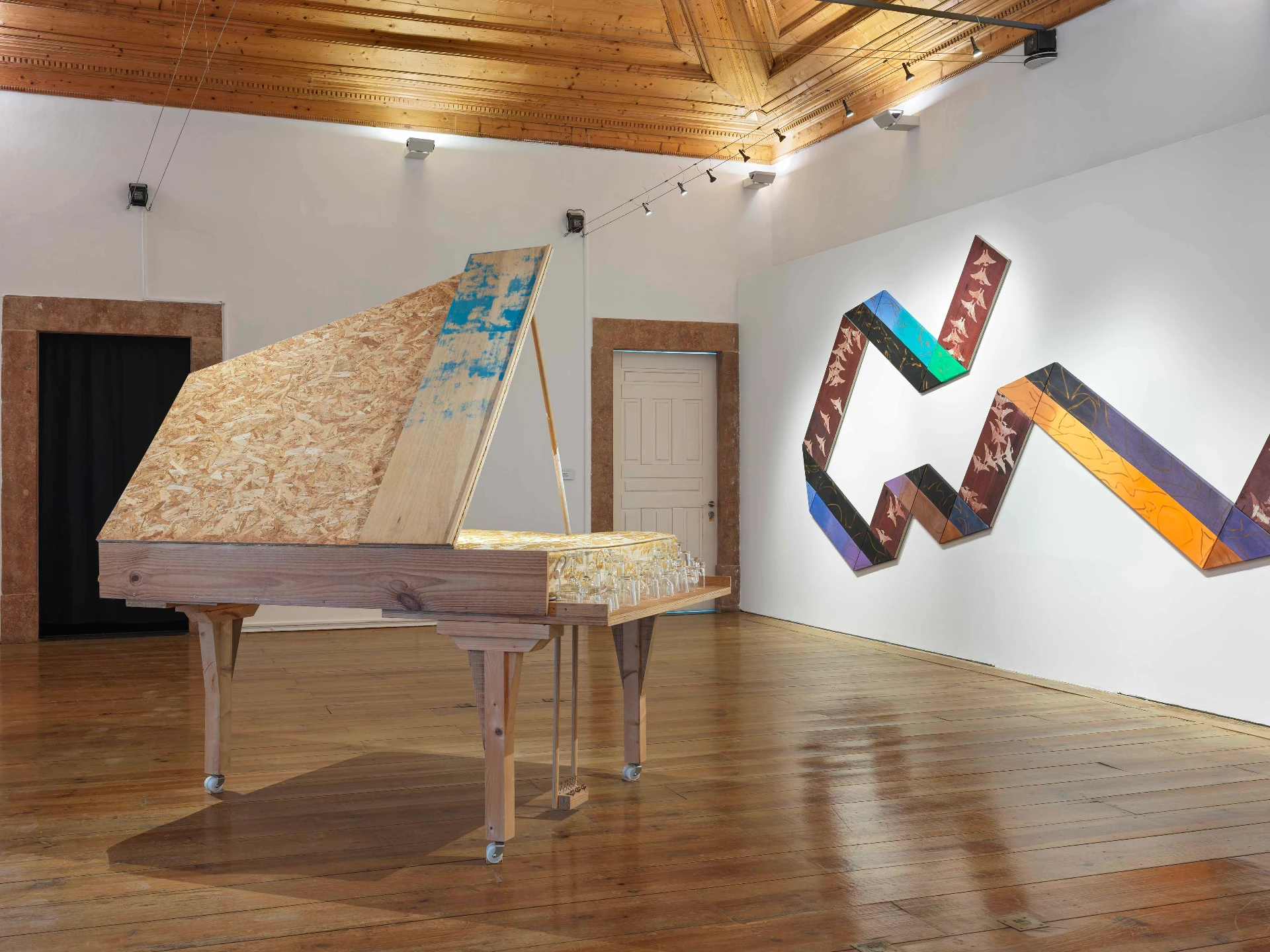In Heart of Darkness, Josef Conrad’s literary masterpiece centred on one of countless journeys that took him beyond his native Europe, the protagonist narrator Marlow describes the first time he saw the mysterious Kurtz: “I saw him open his mouth wide – it gave him a weirdly voracious aspect, as though he had wanted to swallow all the air, all the earth, all the men before him. A deep voice reached me faintly. He must have been shouting.” Kurtz is one of the most important characters in Western literature: a European explorer and merchant immersed in the African jungle, eventually allowing himself to be totally transformed by it, creating a centripetal force, an energy impossible to stop and fully understand. For this reason, it is almost always represented piecemeal by Marlow (who is travelling in Kurtz’s geographical and mental direction): a voice, a limb, a silhouette, a head, a look. The reason why Marlow finds it difficult to describe Kurtz, or to talk about him, is that it’s impossible to put into words the totality of this man transformed by a world that the European is unfamiliar with, because it’s too distant and different. Marlow is a modern Krishna (Conrad’s novel is from the last year of the 19th century), the idea of a voraciousness that swallows up the universe.
This is Krishna, the Hindu deity who, as a child, after scooping a handful of earth into his mouth, revealed a universe. The myth tells us that the little cow-keeper Krishna, at that moment, became the incarnation of Vishnu, God of undisputed sovereignty, showing the child’s mother “the totality of the eternal universe, the heavens and the regions of the firmament, the orbit of the earth and mountains, islands and oceans”, the “wind, lightning, the moon and the stars, and the zodiac; water and fire and air and space itself“, the “trembling senses, thought, the elements and the three qualities of matter” – she saw the whole universe in its infinite variety, “with all the forms of life and nature and action and hope, she saw her village and herself“.[1]
For Europe, (oriental) exoticism contains a full and misunderstood scope. Trying to tame it, with the figure of this “Krishna’s mouth”, seems to be one of the driving forces behind the creative pulse of the Catalan duo Albarrán Cabrera, the artistic fusion of Anna Cabrera (b. 1969) and Ángel Albarrán (b. 1969), who have been working together since 1996 and are now presenting their work solo in Portugal for the first time. In The Pink, a photographic art gallery in Loulé that has established itself as the most relevant photography gallery in the in southern Portugal, is showing these images by the Catalan photographers. The Mouth of Krishna recalls the allure of the exotic, in pieces that bring into aesthetic tension shadow and light, visible and invisible, illusion and reality; they try to somehow encompass the totality revealed in the gesture of the child Krishna – or the disguise of the great deity – in front of his mother.
A mouth is a slit in the face, the entrance to the body, the space of a void, a threshold that must be crossed or shut to prevent invasion. How can photography depict or suggest the breadth of what a divine mouth swallows and contains? In Albarrán Cabrera‘s introductory text, the duo considers that the technique of photographic art is limited. They prefer to create by questioning these limits and the potential of this inquisitive process. For example, if the printing techniques at their disposal are insufficient to convey the ideas they want, they “invent new techniques and processes”, or experiment with different ways “from existing techniques”, broadening the “photographic syntax”. With this experimental side, they are showing photographs on the two main floors of In the Pink, in Loulé, until December 16. Each piece – they are photographs, but far more than the banal capture of a pre-existing reality – suggests part of the universe that is accessible and visible from a divine threshold. In each one, we explore textures, glitters and other iridescences that recall this idea of a magnificent and gigantic divinity.
We may think that this attempt to capture a universality would have to be presented through equally disproportionate photographic dimensions – but that wasn’t Albarrán Cabrera’s choice, who favoured the small format, perhaps to focus on the mythical narrative, representing the immense Vishnu through a child – after all, Krishna is the title of the show. Or to remind us that the entire Universe fits in a grain of sand.
The images taken between 2018 and 2020 are numbered and their title is that of the exhibition; this global designation, the materiality of each one, and the techniques used emphasise the exotic and non-Western element: pigments and gold leaf are used on Japanese paper. This combination of the Japanese paper’s texture and the gold on it gives rise to one of the strongest impressions made on those visiting the exhibition: the luminescence of the images. Almost all of them are made by overlapping layers of paper (photographic or printed with images in uniform or predominant colours), in an effort to render them in a way reminiscent of the notion of chinoiserie: the exotic remains, requiring careful and long observation of details, in silent and almost introspective exercises of attention not so different from meditation – it doesn’t end in an exaltation or cancellation of thought, but in a return to the myth of the title, where visitors construct narratives with each of the elements of infinity.
The Mouth of Krishna by Albarrán Cabrera is showing at In The Pink – Fine Photo Art, in Loulé, until 16 December 2023.
[1] De Bhāgavata Purāṇa 10.8.21-45, ed. e traduzido por Wendy Doniger, Hindu Myths, Penguin, pp. 220-221.
